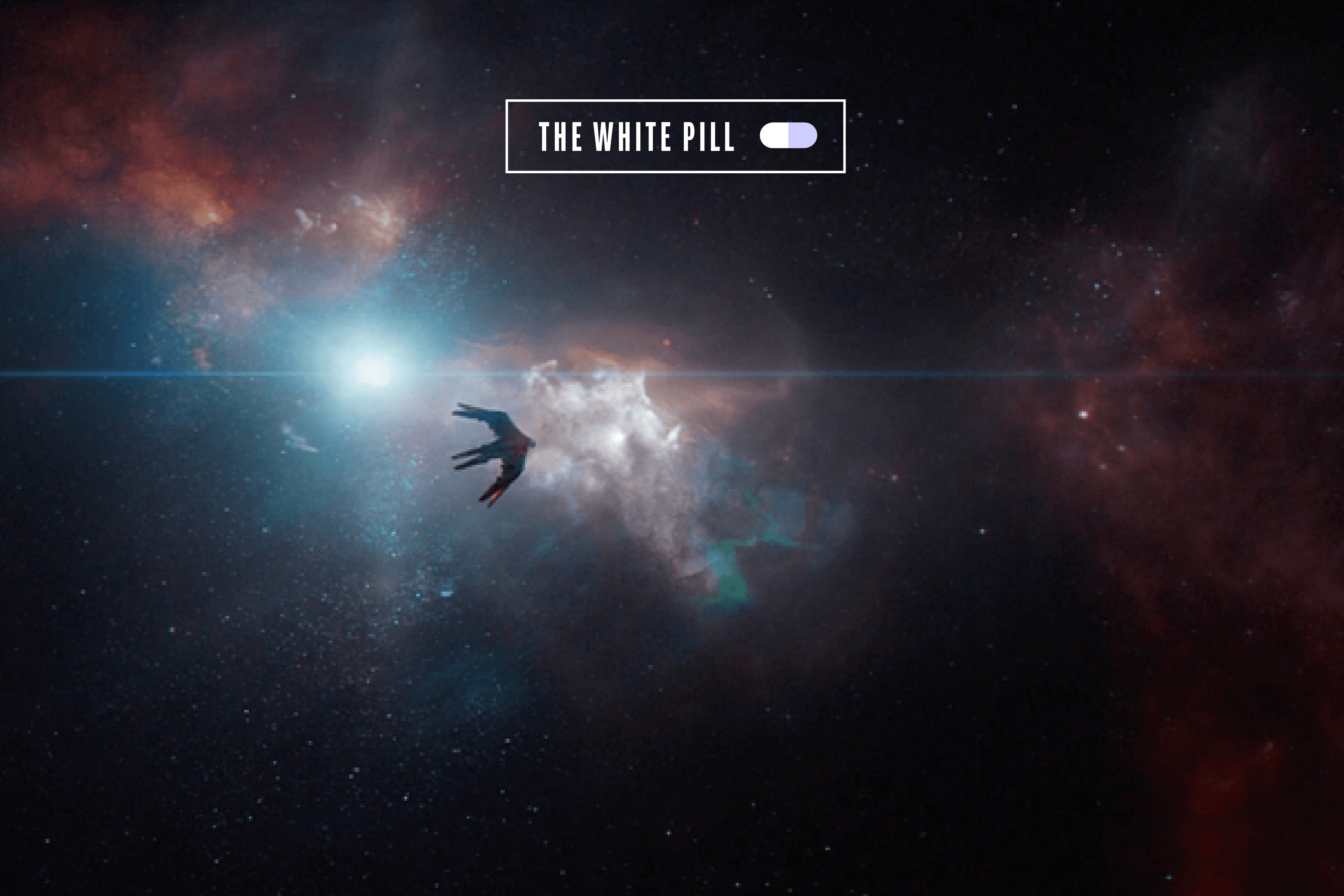
No, We Shouldn’t Ban Waymos Over a CatDec 12
on kitkat, the beloved sf feline who was run over by an autonomous vehicle, and jackie fielder, the pandering sf politician who now wants to ban the vehicles altogether
Aug 5, 2023

Hey reader, welcome back to the White Pill, Pirate Wires’ weekly roundup of the world’s most excellent developments in technology, physics, space, and medicine. This week, we’ve got some excellent news that is, put simply, off the charts. After that, news in space — we cover ESA satellite Euclid’s first test pics, a space startup working on a “dumb” payload launch system, etc etc etc. In our energy, engineering, and computing section, you’ll read about the first newly-constructed nuclear unit in the US in over 30 years, live and delivering power in Georgia, plus a bunch more items. In this issue’s section on medicine, a spooky skeletal survey (scroll down to find out), and then a Fun Stuff section at the end, as always. And of course we have another White Pill Investment Index, where we track all the most interesting projects that got funding over the past week.
Enjoy!!